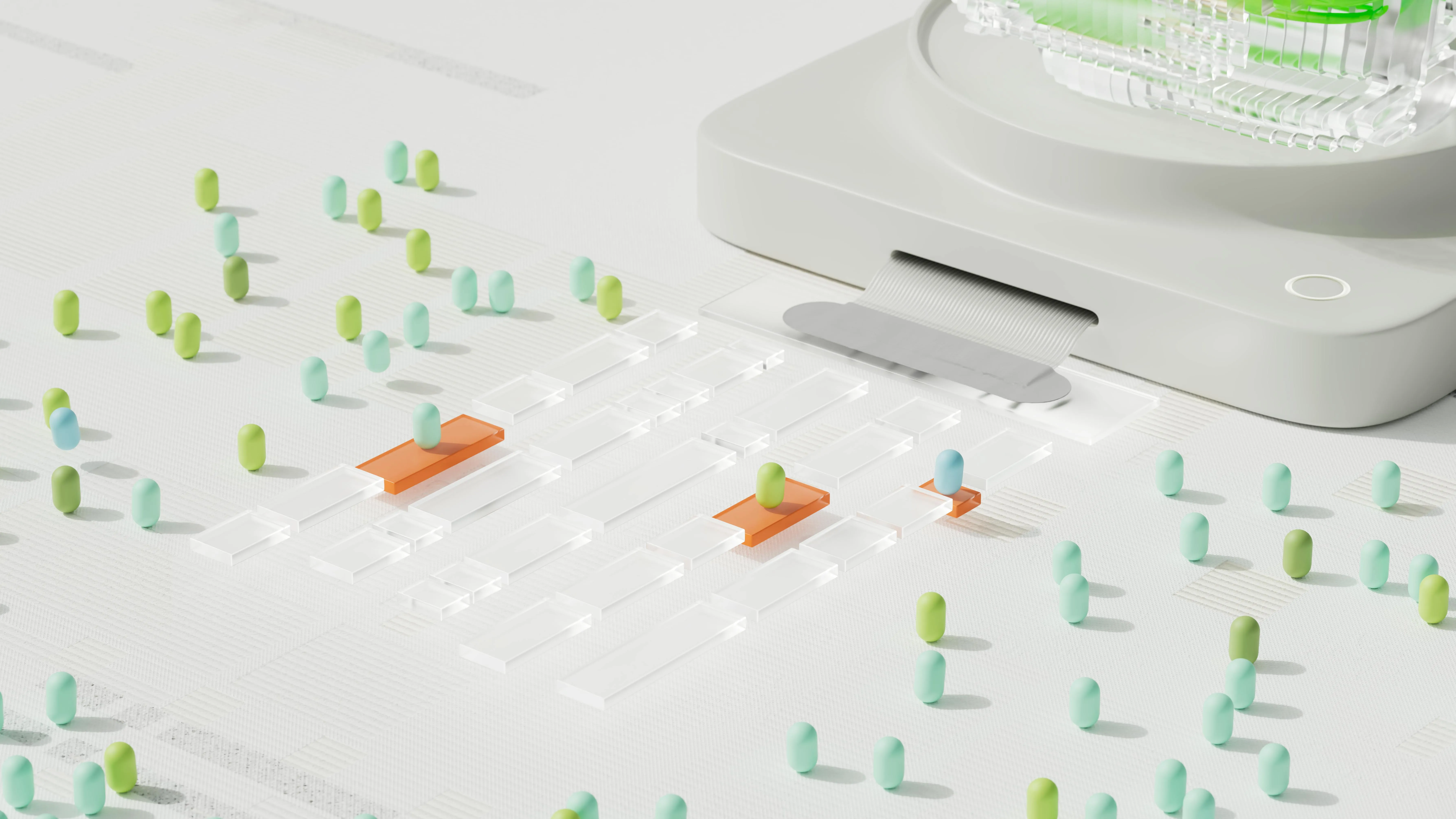Building a Privacy Fortress for Automated AI Workflows
Discover strategies for robust data privacy in automated AI workflows, blending privacy by design, transparency, and dynamic controls.
Explore how AI business automation platforms accurately forecast feature adoption, streamline workflows, and boost productivity in product teams.

Imagine launching a brilliant product feature—only to wonder whether customers will actually use it. This uncertainty is a silent threat lurking in the background of every roadmap meeting. What if you could confidently anticipate which features will stick, which will stall, and why? AI business automation platforms are changing this equation, offering predictive insights that empower product teams to build with precision rather than guesswork.
Modern markets are unpredictable, shaped by shifting user expectations and fierce competition. Traditional analytics often move too slowly or miss the subtleties hidden in user behavior. Today, artificial intelligence acts like a crystal ball, analyzing real-time data to reveal patterns and probabilities in how users embrace new features. For founders, consultants, and business leaders aiming to boost productivity using AI, understanding these new capabilities is rapidly becoming table stakes.
In this article, we explore how businesses are leveraging AI to forecast feature adoption rates, automate business workflows, and streamline operations—highlighting practical frameworks and proven use cases that move beyond theory.
AI agents can be compared to strategic advisors that never sleep. They continuously monitor swathes of user data—feature clicks, usage frequency, time spent, and even sentiment from feedback forms—detecting signals that a new feature is thriving or languishing. This level of attentiveness is impossible to replicate manually and is accelerated by workflow automation software for SMBs and enterprise teams alike.
For example, a SaaS company rolling out a collaborative dashboard feature can set up an AI workflow builder to track every interaction, flagging patterns not obvious to the human eye. If frequent users of the previous dashboard are slow to transition, an AI agent may spotlight friction, indicating a need for targeted onboarding or an interface tweak. These proactive recommendations can be automated within platforms such as anly.ai, a no-code AI automation platform enabling business users to automate business workflows and generate tailored insights in just a few clicks—no programming skills required.
The real value appears when this automation is paired with A/B testing. By automating the experiment design and analysis, AI not only shortens feedback cycles but also improves the accuracy of conclusions about user preferences, supercharging the decision process and reducing manual work. Anly.ai, for instance, allows teams to set up custom AI-powered workflows to regularly compare adoption rates of different feature variants, letting product managers respond to user needs in real time.
In fast-paced businesses, waiting for quarterly reviews or manual analysis leaves room for missed opportunities and user churn. A fresh mental model is needed—one where AI-powered automation delivers continuous, predictive feedback on user engagement:
| Traditional Approach | AI-Powered Automation |
|---|---|
| Manual tracking & periodic reporting | Automated, real-time usage analytics |
| Gut feelings and anecdotal feedback | Predictive models for user adoption |
| Time-consuming A/B testing | AI-automated experiments & sentiment analysis |
| Delayed response to churn risk | Early identification of at-risk users |
| Siloed datasets and insights | Unified, actionable dashboards |
This real-time intelligence means teams can anticipate adoption dips before they erode ROI and can measure the impact of nudges such as onboarding flows or in-app guides. For SMBs, AI workflow automation platforms like anly.ai make it simple to integrate multiple data sources—product telemetry, support tickets, survey results—giving one consolidated view for decision-making and helping to reduce operational costs with automation.
Predicting feature adoption is not just about tracking current users; it ties directly into *demand forecasting* and long-range planning. Machine learning-driven demand forecasting reduces errors by up to 50 percent and slashes stockouts—an advantage especially powerful when rolling out features tied to inventory or supply planning.
By monitoring not only internal usage statistics but also wider market trends and user sentiment on social media, AI presents a holistic view of what is likely to succeed. For example, a consumer product team might use an AI-powered automation workflow to pull in product reviews, online discussions, and in-app engagement data—then predict which upcoming features are poised to meet pent-up demand and which will need refinement.
Platforms like anly.ai offer no-code AI workflow automation for these scenarios, giving product leaders a customizable suite for automating repetitive tasks such as pulling market sentiment or generating executive-ready reports—a major productivity win that frees up time for strategic work and creative problem-solving.
The rise of AI workflow automation is not limited to prediction and reporting—it is fundamentally changing how teams operate. Automating repetitive tasks, from onboarding new clients to analyzing feedback data, eliminates bottlenecks and accelerates business growth.
Consider an enterprise rolling out a suite of new features. An AI-powered workflow can assign targeted onboarding flows based on predicted user segments, ensuring that high-value customers receive personalized guidance where needed. Meanwhile, a no-code AI automation platform—such as anly.ai—lets product managers set up custom triggers so that, if a key feature is underused, the system automatically launches nudges, sends tailored surveys, or notifies the development team to investigate friction points.
These systems enable teams to automate repetitive tasks and increase ROI with workflow automation, shifting attention from reactive problem-solving to proactive, insight-driven innovation. The result: more satisfied users, faster time to market, and a culture that embraces experimentation backed by data.
AI-powered prediction is not just a technical advantage—it is quickly becoming a strategic imperative. The leading organizations are using AI not only to anticipate feature adoption but also to inform resourcing, align roadmaps with customer expectations, and justify investments with hard data. This transition is democratized by no-code AI automation platforms like anly.ai, equipping everyone from seasoned developers to operations managers with the tools needed to create custom AI workflows and drive continuous improvement.
For ambitious product leaders and consultants, the future is clear: predictable adoption, richer engagement, and a seamless workflow built on real-time intelligence.